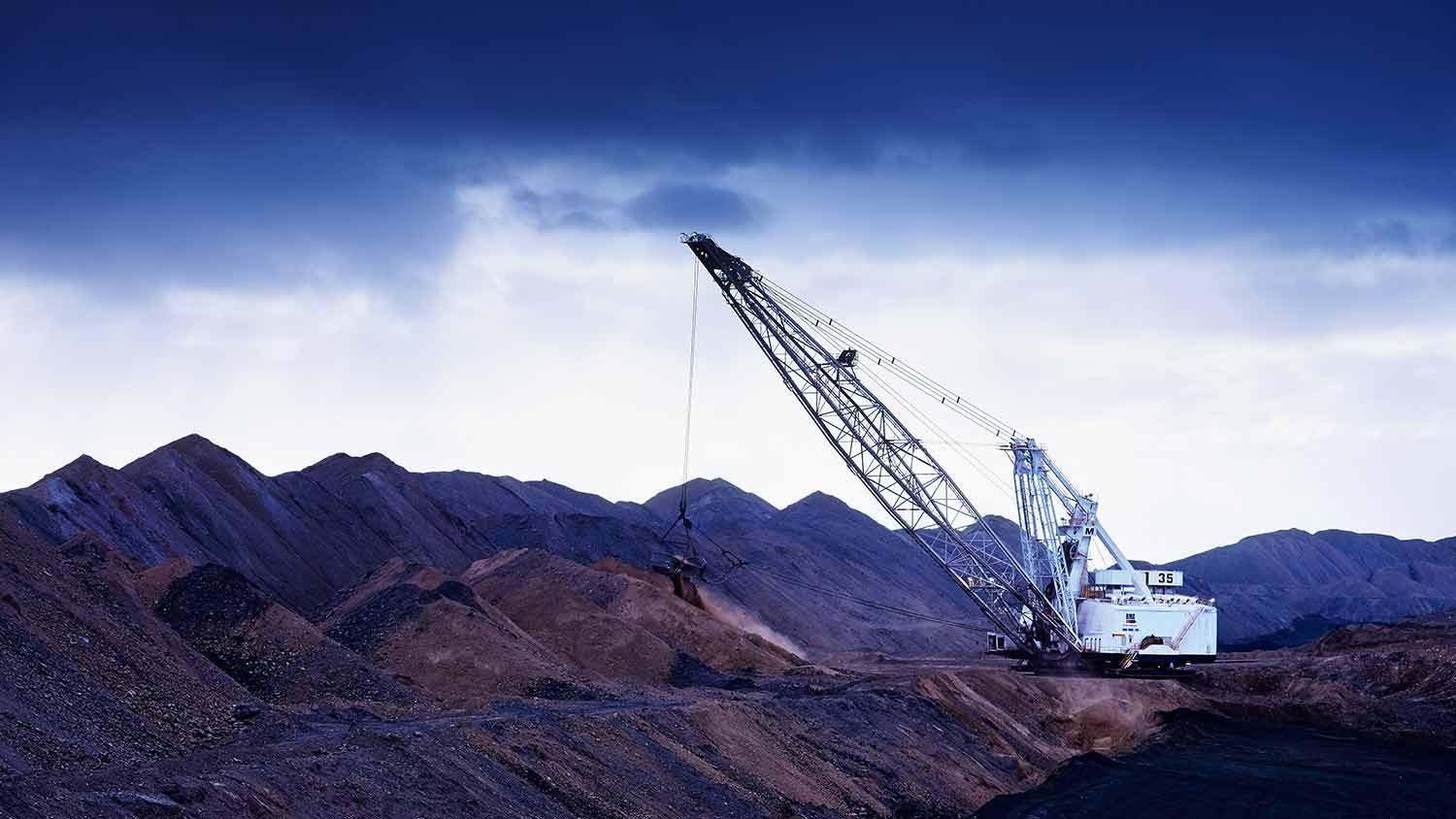BHP Aiming to Improve Sustainability Profile With Sale of Thermal Coal Assets
Mining and materials giant BHP announced today that the company will divest its thermal coal assets of New South Wales Energy Coal and Cerrejon, as well as its majority stake in the BHP Mitsui Coal, or BMC, coking coal operation. The announcement was made along with BHP’s Q2 2020 results.
BHP stated that the proposed divestitures will enable the company to focus its business on higher quality Hard Coking Coal (HCC), that increase blast furnace productivity and reduce emissions intensity of steel production. On a conference call with analysts discussing the quarter, the company explained that as steel makers move to lower emissions solutions, HCC assets should see increased demand.
On the call, BHP CEO Mike Henry said:
“BHP has the world’s best portfolio of metallurgical coal assets. This includes a core of higher-quality coking coals, which we view as particularly attractive in a world where steel makers will seek to lift blast furnace productivity and reduce emissions. We intend to focus our portfolio on these assets, and will look to divest BMC, as well as our thermal coal assets of New South Wales Energy Coal and Cerrejon.”
Henry added, “The collective need to reduce emissions globally will create advantage for higher quality steel-making raw materials, both in iron ore and in met coal, as steel makers seek to reduce the emissions intensity of blast furnace steel production.”
Thermal coal producers have come under significant pressure in recent months, given the high CO2 emissions profile of the resource. Several major investors have announced plans to divest or severely limit holdings in thermal coal producing companies, while banks and investment banks are increasingly reluctant to finance thermal coal projects and producers.
BHP intends to provide more details regarding the company’s decarbonisation plans. The company announced that in September it will hold a briefing discussing its commitments to reduce Scope 1 and Scope 2 emissions, its actions on Scope 3 emissions, strengthening the link between sustainability and executive compensation, as well as its analysis of a 1.5 degrees Celsius scenario.





